Developed for hunting and self-defense, the Lehigh Defense Tipped Control Chaos ammunition is given a close examination by Yamil Sued. The ammunition was provided by the company for this review.
While I am an avowed firearms enthusiast and handgunner, I’ll be the first to admit that I am fascinated by those who have mastered the deep skills required with rifle shooting. You know, those shooters that can gauge the wind and deliver a perfect shot through any weather condition imaginable. While I know my way around a rifle and can hold my own, it’s still something about which I’m learning — and happily so.
Recently, I was offered the opportunity to test the Lehigh Defense Tipped Controlled Chaos (TCC) ammunition. I viewed it as not only a chance to try out some exciting ammo I’d heard a lot of good things about, but also a chance to expand my own learning on the subject.
The TCC Bullet
Before I started my test, I had to choose a caliber and bullet weight. Upon carefully reviewing Lehigh Defense’s extensive selection of calibers and bullet weights, I chose .308 Winchester. In particular, I selected the 155-gr. TCC round with the listed velocity of 2,800 feet per second (fps) — tested in a 20” barrel.
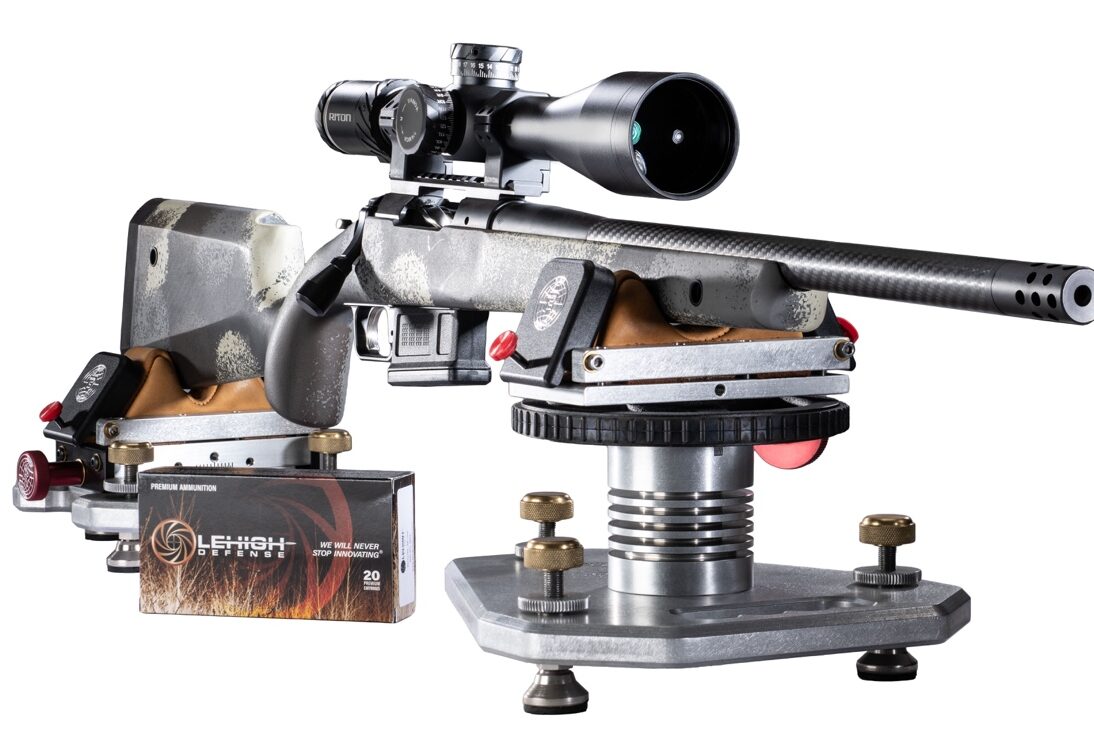
For those who are not familiar with this brand or this loading, Lehigh’s TCC projectiles are designed to offer a higher ballistic coefficient. Due to its design, when the projectile impacts fluid it sheds the front portion of the bullet into multiple curled petals. These petals then radiate outward away from the bullet’s initial trajectory path, resulting in a massive energy spike.
So, that’s the chaos. What about the control? In addition to the aforementioned, the TCC bullet is designed to not expand or fragment when it impacts dry mediums such as wood, drywall, bone or sheet metal. As noted earlier, it’s only when it impacts fluid that it expands, doing its intended job.
The Platform
With my caliber and bullet weight choice made, I needed a good foundation to perform these tests. After careful consideration, I chose the Springfield Armory Model 2020 Waypoint rifle in .308 Win. with a carbon fiber-sleeved 20” 1:10” twist barrel and finished in Ridgeline camo. This is a lightweight rifle, weighing in at a modest 6 lbs., 9 oz., yet still comes with a three-shot .75 MOA accuracy guarantee (with a skilled shooter and match grade ammunition).The threaded barrel is capped with the SA Radial brake. The optics mounting system consists of a Picatinny mount in the Model 700 pattern.
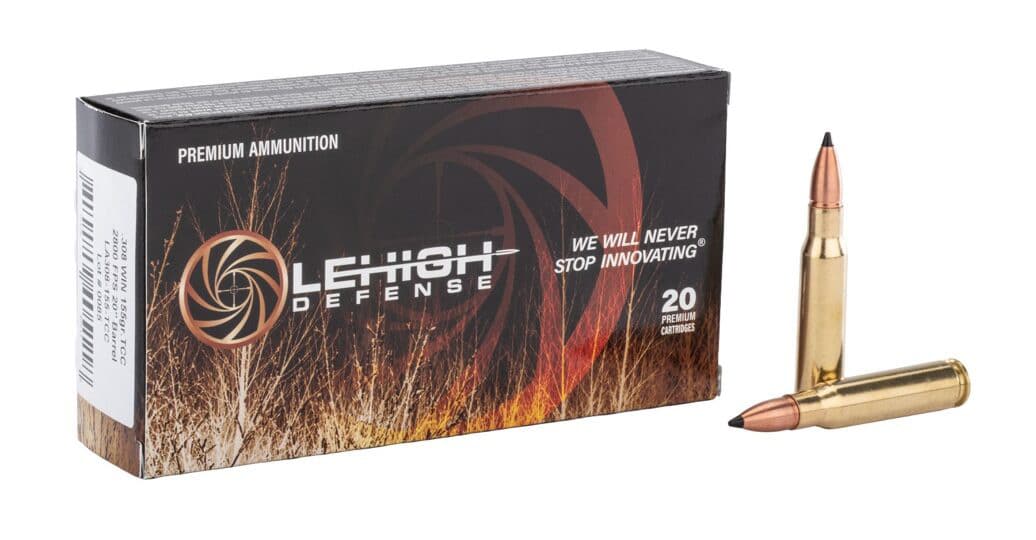
To further keep weight to a minimum, the stock of the rifle is also of carbon fiber. It features both M-Lok slots and QD (quick detach) cups, ensuring you can easily install a good variety of slings and bipods for field use and easy of carrying.
While my initial thought was to test this load in an AR-pattern rifle, I ultimately landed on the Model 2020 Waypoint for a few reasons. Firstly, with its .75 MOA guarantee, I know it would wring the best possible accuracy out of the round. Also, its 20” barrel exactly matched the test barrel length Lehigh used, making for a good “apples to apples” comparison of velocity. And lastly, I suspect the TCC round would serve just as well in a hunting role as it could in a self-defense role.
Now that the rifle was selected, I needed to get a good optic. I’ve had very good luck with Riton Optics in the past, so I decided to check out their website for something that might be a good fit.
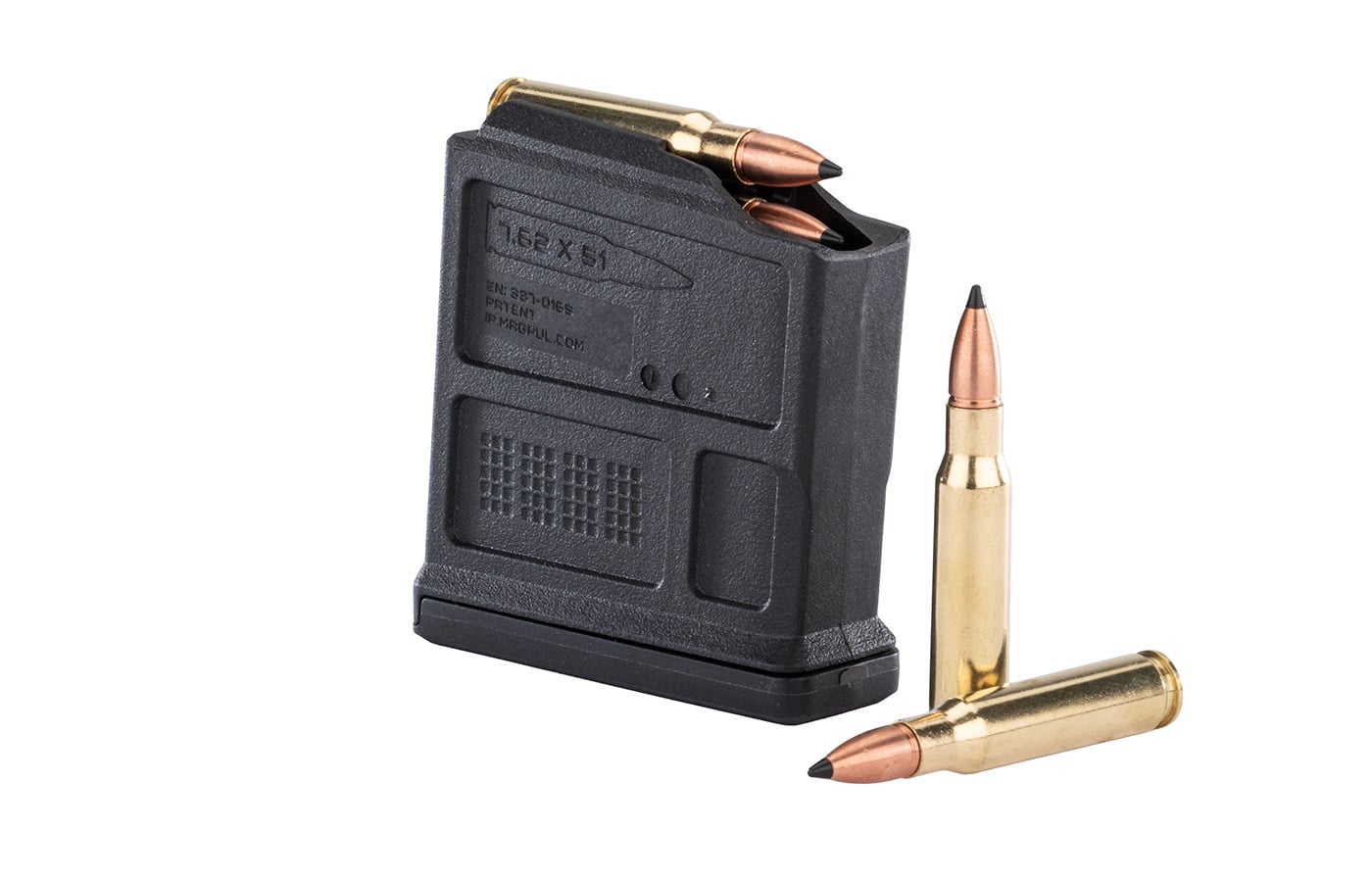
After a bit of research and picking the brains of some very experienced rifle shooters I know, I landed on the 5 Conquer 5-25×56. This 34mm-tube scope is a first focal plane (FFP) model that has an illuminated reticle (either MRAD or MOA), fully multi-coated lenses and a tough 6061-T6 aluminum body. Weight of the variable-power scope is 36.8 oz. Due to my relative lack of experience with long-range shooting and how I planned to test the ammo, I selected the MOA version.
Finally, I needed a sturdy rest to wring out the best accuracy performance of the ammo. In the past, I have used the Ransom Rest Multi Cal. Steady Rest, which has performed great for both handgun and AR-pattern rifles, but this time I wanted to go a step above. So, I reached out to Ransom Rests about a new series they call the Diamond Series Rifle Rest. I asked to try out the front and rear rest systems.
Testing the Lehigh TCC Ammo
To make sure I set up everything for this project correctly, I reached out to my friend Marty Enloe, from Enloe Custom Guns. He kindly helped me set my rifle up for the first trip to the range with it.

As I would be testing the ammo, rifle and scope combination at the distance of 100 yards, my best choice for that task was the Ben Avery Shooting Facility in Phoenix, Arizona. This facility has a public range with shooting distances up to 200 yards, and super solid poured concrete benches.
After sighting it in at 100 yards using the Ransom Diamond Series Rest, I started the formal test of three, three-shot groups with the Lehigh ammo. After firing the three groups, I retrieved my target and proceeded to measure the targets right there at the range. Boy, was I impressed with this ammo/rifle/scope combination. My groups measured .700”, .695” and .640”, for an average of .678”. These were some very solid results, and well within the Model 2020’s accuracy guarantee threshold.
Next up was testing for velocity. Over the years, I have chronographed hundreds of rounds of ammunition and, for the most part, the velocities listed on the ammunition packaging rarely come close to the actual velocities measured. So, I was curious how the Lehigh load would do.
For my chrono test, I used the Garmin Xero C1 Pro Chronograph, which I have found to be one of the most accurate and easiest-to-use chronographs available. After firing five rounds through the Garmin, I got an average velocity of 2865.8 fps, with a kinetic energy of 2826.1 ft-lb. Remember that Lehigh lists 2,800 fps out of a 20” barrel. This is just about the first time I have encountered ammo that matches or even surpasses the velocity listed on the ammo packaging.
Shooting Performance
After I performed the accuracy and chronographing, I decided to test Lehigh’s claim that the TCC bullet could penetrate a barrier and expand only when it impacted fluid. The best way to do this was to use ballistic gel.

The FBI Standard for ballistic gel is 6”x6”x16”. I used the Clear Ballistic Gel 8”x8”x18” block of gel as I wanted a larger medium. This allow me to capture every single one of the petals that was supposed radiate out of the permanent cavity in the gel.
I placed the gel 10 feet from the muzzle of the rifle, and I placed a 16”x16” piece of 1/2” drywall in front of the block. After calculating my offset, I fired one round into it. After the dust settled, literally, I inspected the block of gel and was stunned. The permanent cavity was extremely impressive, and the bullet fragmented into 9 or 10 small fragments — with two of the petals going as deep as 16½”.
Conclusions
I can say that, after performance testing this ammo, I believe it clearly is as good as it claims to be. The Springfield Armory Model 2020 Waypoint .308 rifle, combined with the Riton Optics 5 Conquer 5-25×56 Scope and the Lehigh Defense 155-gr. TCC ammo, makes for an exceptional trio.
Whether you’re hunting large game or looking for an effective tactical or self-defense round, the Lehigh Defense Tipped Controlled Chaos line of ammunition — priced at $68.95 for a 20-round box — is an option that can’t be beat.
Editor’s Note: Please be sure to check out The Armory Life Forum, where you can comment about our daily articles, as well as just talk guns and gear. Click the “Go To Forum Thread” link below to jump in!
Join the Discussion
Featured in this video
Read the full article here








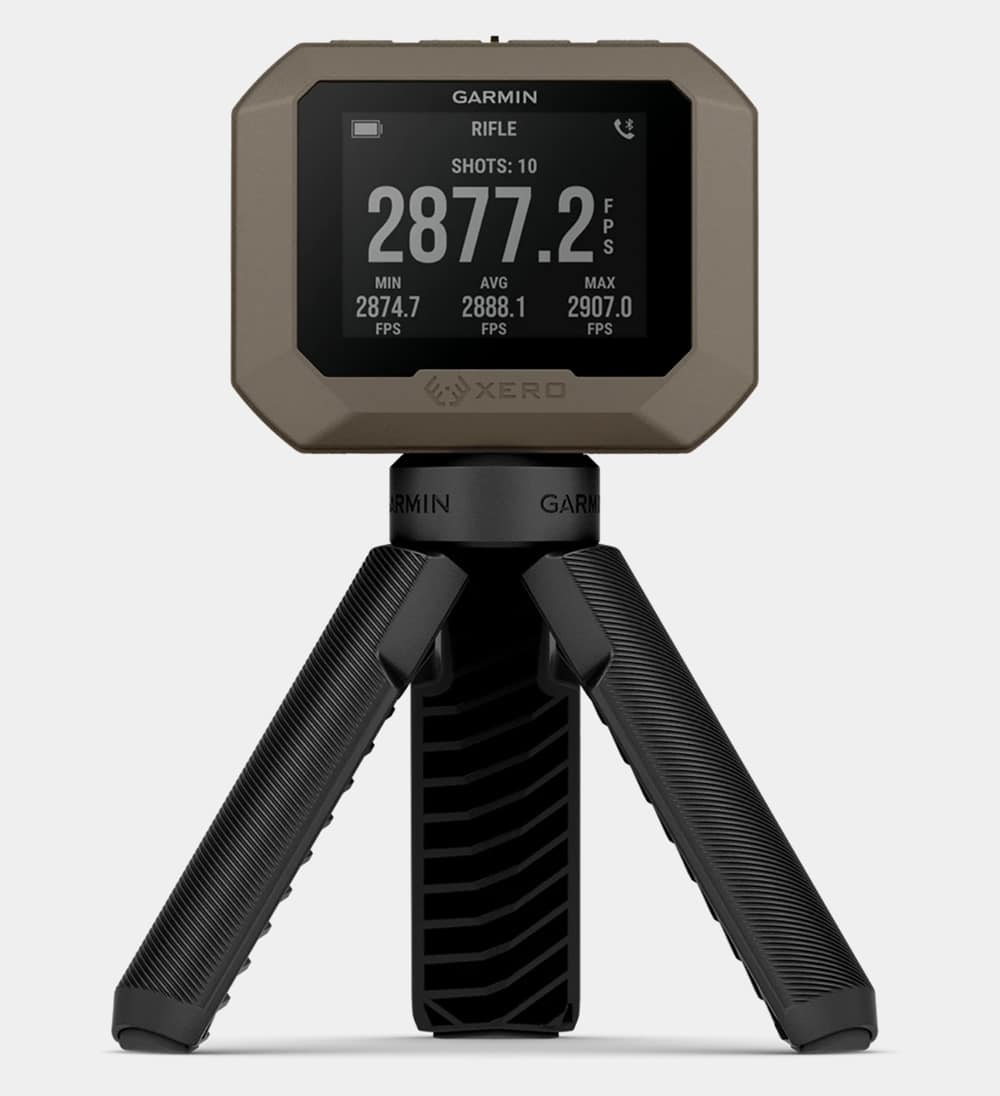

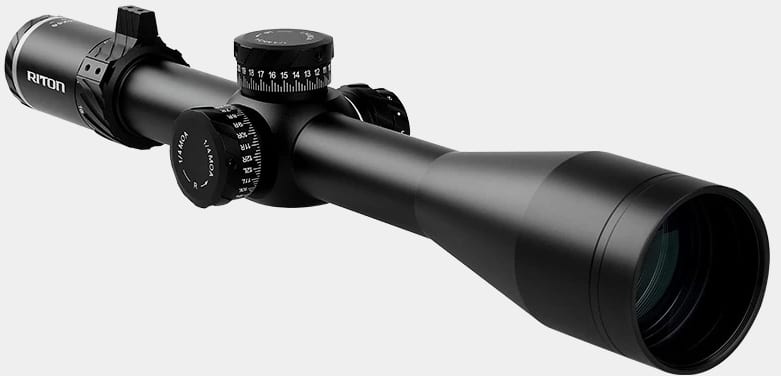
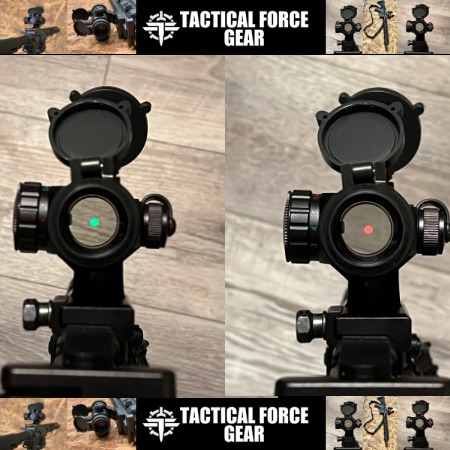






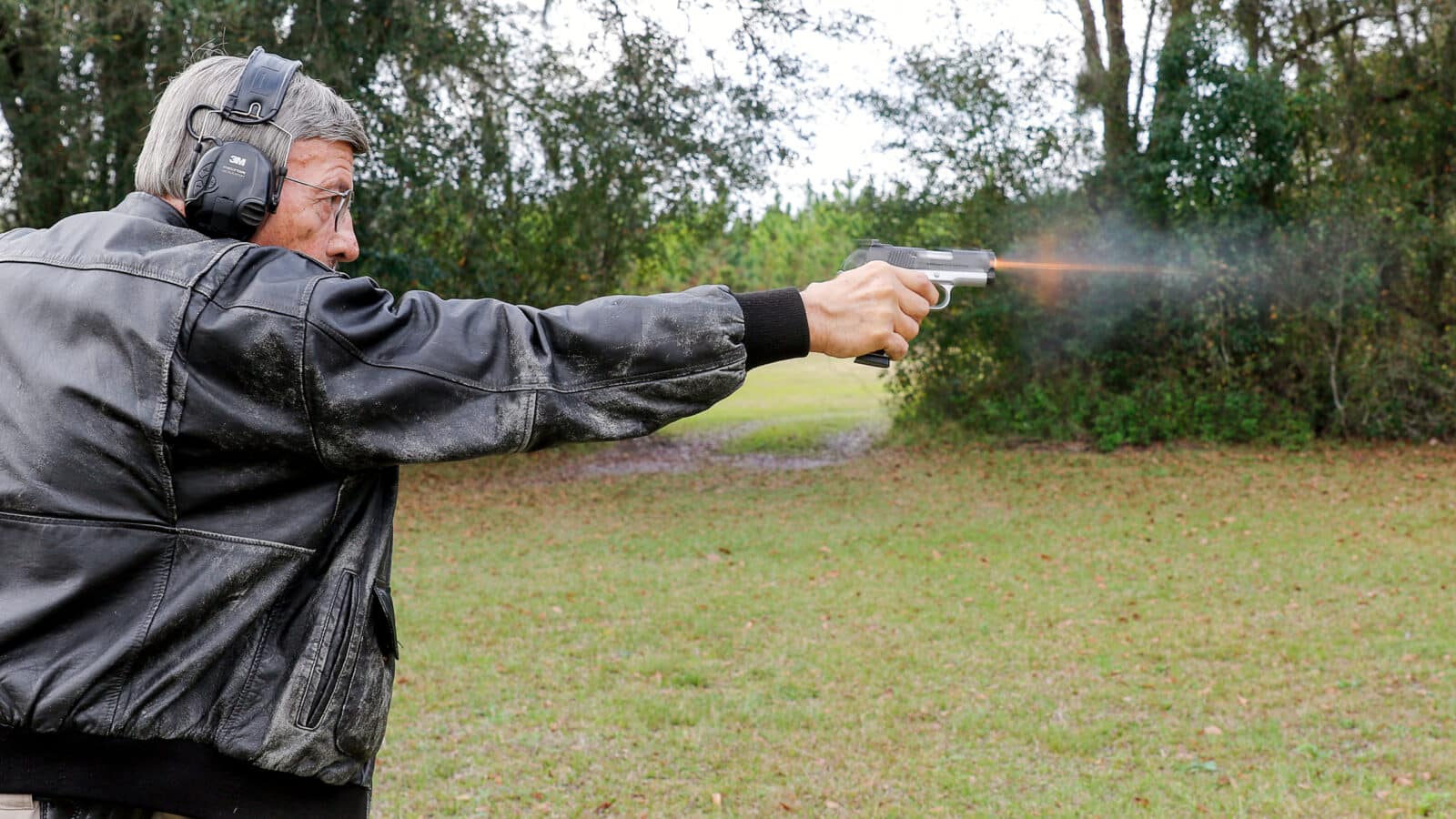
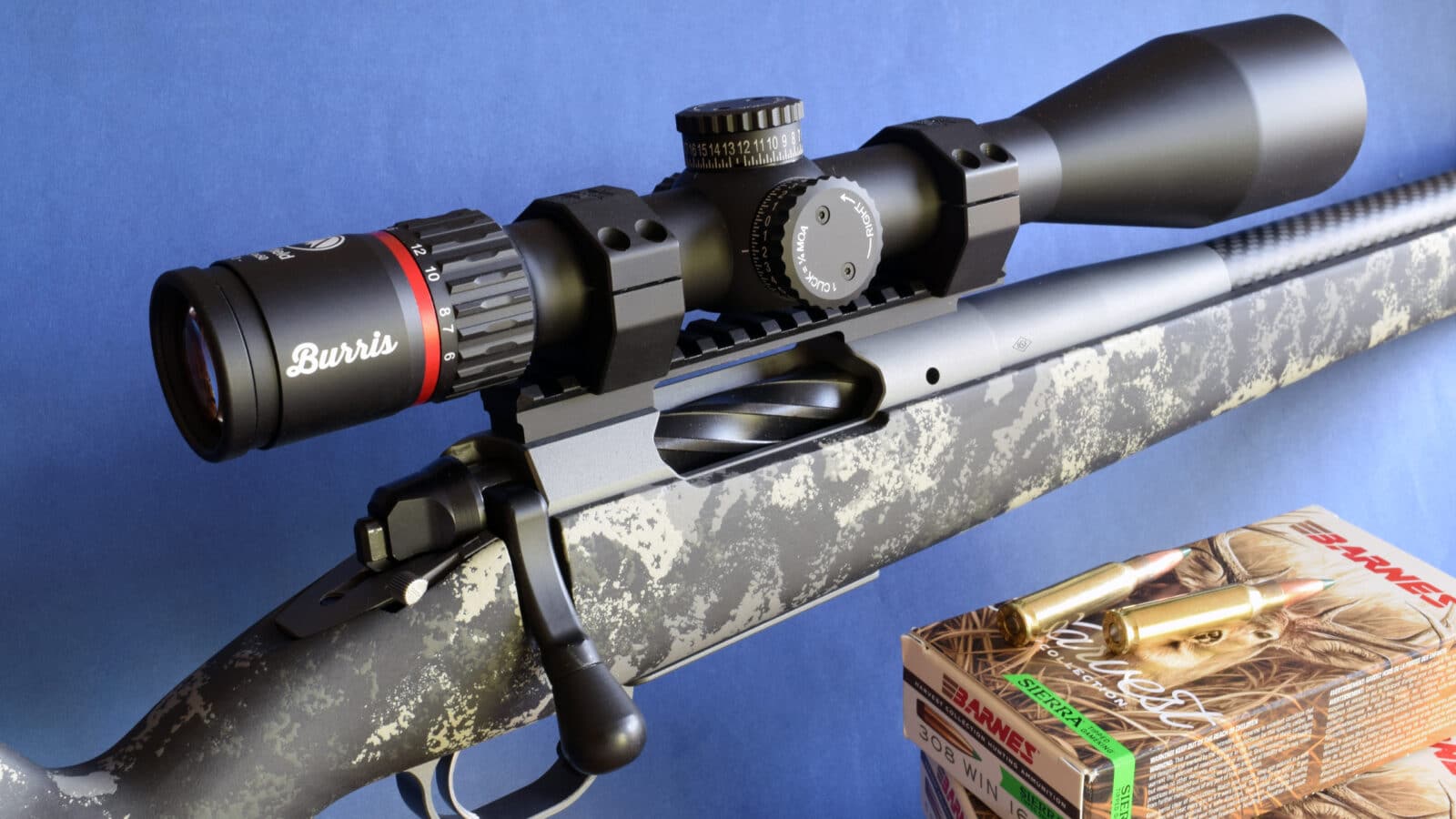

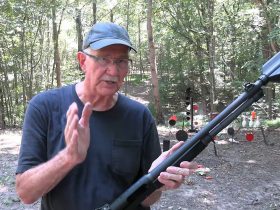
Leave a Reply